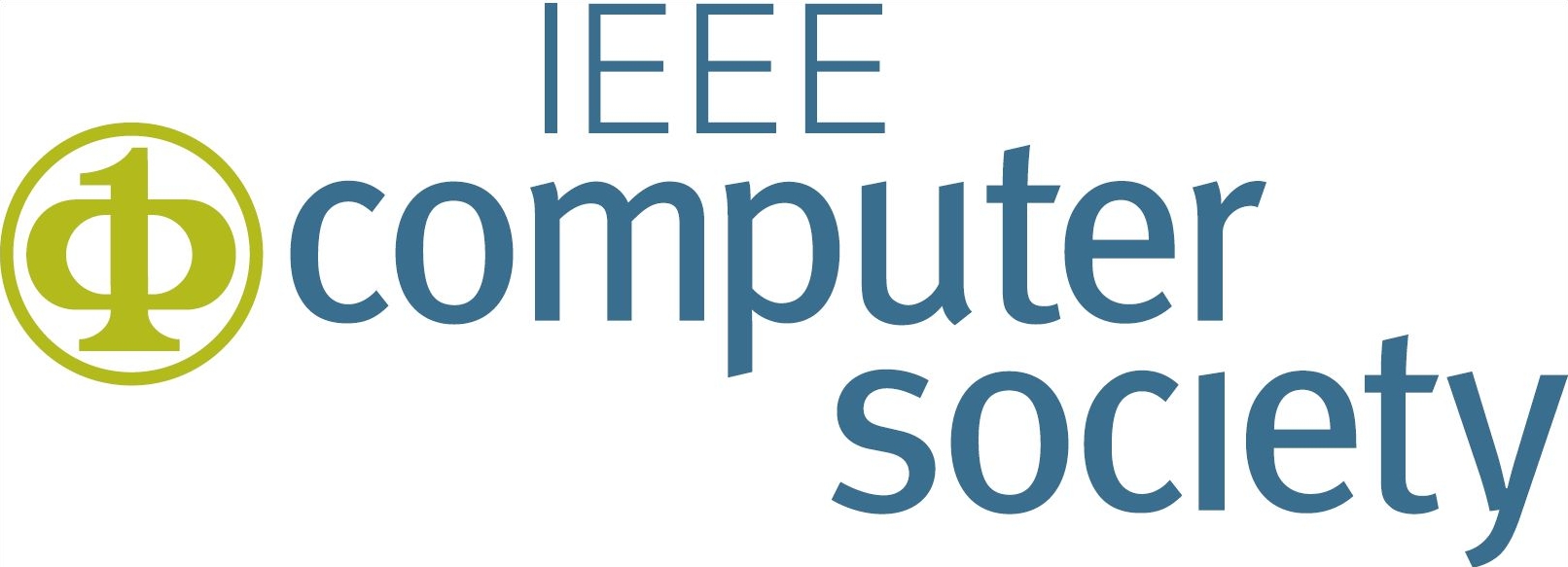





The impact of a good vertical localization with HRTFs in short explorations of immersive virtual reality scenarios
Michele Geronazzo, Erik Sikstroöm, Jari Kleimola, Federico Avanzini, Amalia de Götzen, and Stefania Serafin.
The impact of a good vertical localization with hrtfs in short explorations of immersive virtual reality scenarios.
In Proceedings of the IEEE International Symposium for Mixed and Augmented Reality 2018 (To appear). 2018.
[BibTeX▼]
Abstract
Achieving a full 3D auditory experience with head-related transfer functions (HRTFs) is still one of the main challenges of spatial audio rendering. HRTFs capture the listener's acoustic effects and personal perception, allowing immersion in virtual reality (VR) applications. This paper aims to investigate the connection between listener sensitivity in vertical localization cues and experienced presence, spatial audio quality, and attention. Two VR experiments with head-mounted display (HMD) and animated visual avatar are proposed: (i) a screening test aiming to evaluate the participants' localization performance with HRTFs for a non-visible spatialized audio source, and (ii) a 2 minute free exploration of a VR scene with five audiovisual sources in a both non-spatialized (2D stereo panning) and spatialized (free-field HRTF rendering) listening conditions. The screening test allows a distinction between good and bad localizers. The second one shows that no biases are introduced in the quality of the experience (QoE) due to different audio rendering methods; more interestingly, good localizers perceive a lower audio latency and they are less involved in the visual aspects.

















